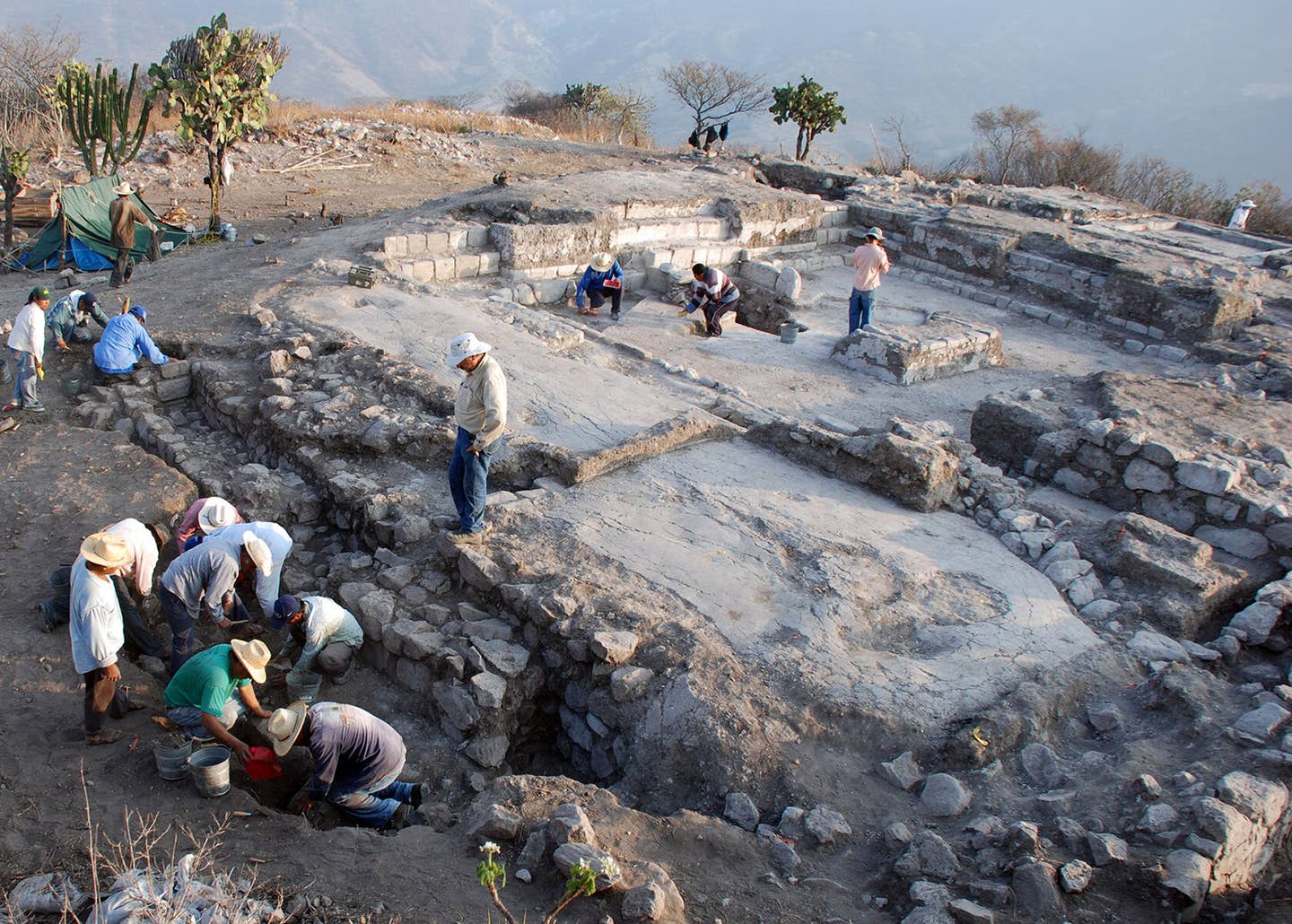Did Earth’s magnetic field trigger the emergence of complex life?
Study sheds light on a potential environmental driver for this diversification – a dramatic weakening of Earth’s magnetic field.

The Ediacaran Period (635-541 million years ago) witnessed a pivotal transformation on Earth. Complex, multicellular organisms, some reaching impressive sizes, emerged during this era, paving the way for the Cambrian explosion of animal life.
A new study by researchers at the University of Rochester sheds light on a potential environmental driver for this diversification - a dramatic weakening of Earth's magnetic field.
John Tarduno, lead author and Dean of Research at the University, highlights the Ediacaran fauna as a remarkable example. These early animals, some exceeding a meter in length, displayed mobility, suggesting a higher oxygen dependency compared to their predecessors.
"Explanations for the Ediacaran fauna's appearance have traditionally focused on genetic or ecological factors," says Tarduno. "However, the temporal coincidence with the ultra-weak magnetic field compelled us to re-evaluate environmental influences, particularly atmospheric and oceanic oxygenation."
Earth's Magnetic Shield: A Story from Below
Deep within Earth's core, roughly 1,800 miles down, lies a churning cauldron of liquid iron, generating our planet's magnetic field – an invisible shield deflecting harmful solar wind radiation. But this shield's strength hasn't always been constant.
Scientists have theorized that an unusually weak magnetic field might have facilitated the rise of animal life. However, a lack of data on past magnetic field intensity hampered this theory.
Related Stories
Tarduno's team employed innovative techniques to analyze the strength of the ancient magnetic field. They focused on magnetism trapped within feldspar and pyroxene crystals found in anorthosite rocks. These minerals hold microscopic magnetic particles that preserve the Earth's magnetic field from the time of their formation. By dating the rocks, researchers can reconstruct a timeline of the magnetic field's evolution.
Utilizing state-of-the-art tools like a CO2 laser and a SQUID magnetometer, the team conducted precise analyses of the trapped magnetism within the crystals.
A Startling Revelation: An Unprecedentedly Weak Field
The data revealed an astonishing truth: Earth's magnetic field during the Ediacaran Period reached its weakest point ever recorded, a staggering 30 times weaker than today's field. This dramatic decline persisted for at least 26 million years.
A weak magnetic field allows charged solar particles to more easily strip away lightweight atoms like hydrogen from the atmosphere, causing them to escape into space. This hydrogen loss can lead to a relative increase in atmospheric oxygen, as it's no longer readily consumed in water vapor formation.
Tarduno's team postulates that the Ediacaran Period's ultra-weak field facilitated such a hydrogen loss over tens of millions of years. This loss, in turn, might have triggered a rise in atmospheric and oceanic oxygen levels, creating a more favorable environment for the emergence of complex life forms.
Tarduno's previous research suggests that the geomagnetic field recovered during the Cambrian Period, coinciding with the explosion of animal diversity in the fossil record. This re-established shield may have been crucial for the continued flourishing of life.
"Had the extraordinarily weak field persisted beyond the Ediacaran, Earth might be a drastically different planet – a water-depleted world," speculates Tarduno.
Beyond Earth: Implications for Exoplanet Habitability
This research underscores the profound influence of a planet's internal dynamics on the potential for life. Understanding core processes becomes essential when contemplating the possibility of life on exoplanets.
"It's captivating to consider how events deep within Earth's core might ultimately be linked to evolution," concludes Tarduno. "As we explore the possibility of life elsewhere, we must also consider the role of planetary core formation and evolution."
This research was supported by the US National Science Foundation.
For more science stories check out our New Discoveries section at The Brighter Side of News.
Note: Materials provided above by the The Brighter Side of News. Content may be edited for style and length.
Like these kind of feel good stories? Get the Brighter Side of News' newsletter.
Joshua Shavit
Science & Technology Writer | AI and Robotics Reporter
Joshua Shavit is a Los Angeles-based science and technology writer with a passion for exploring the breakthroughs shaping the future. As a contributor to The Brighter Side of News, he focuses on positive and transformative advancements in AI, technology, physics, engineering, robotics and space science. Joshua is currently working towards a Bachelor of Science in Business Administration at the University of California, Berkeley. He combines his academic background with a talent for storytelling, making complex scientific discoveries engaging and accessible. His work highlights the innovators behind the ideas, bringing readers closer to the people driving progress.



